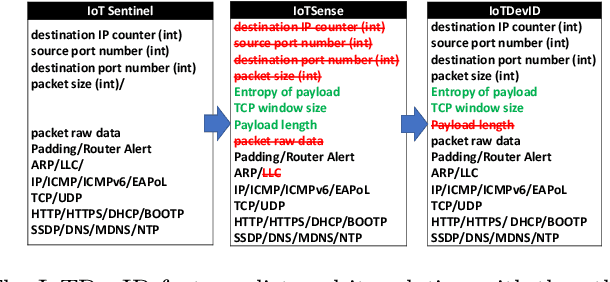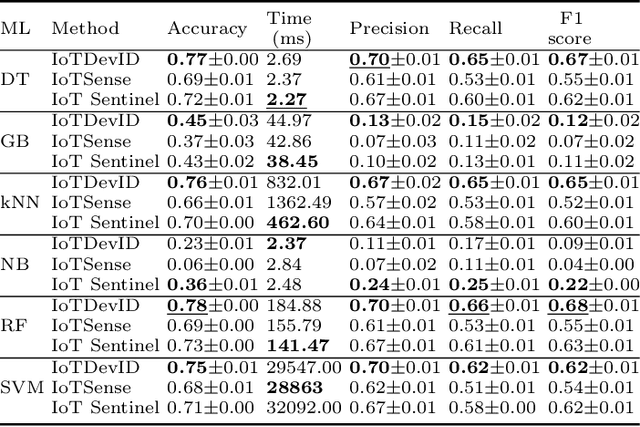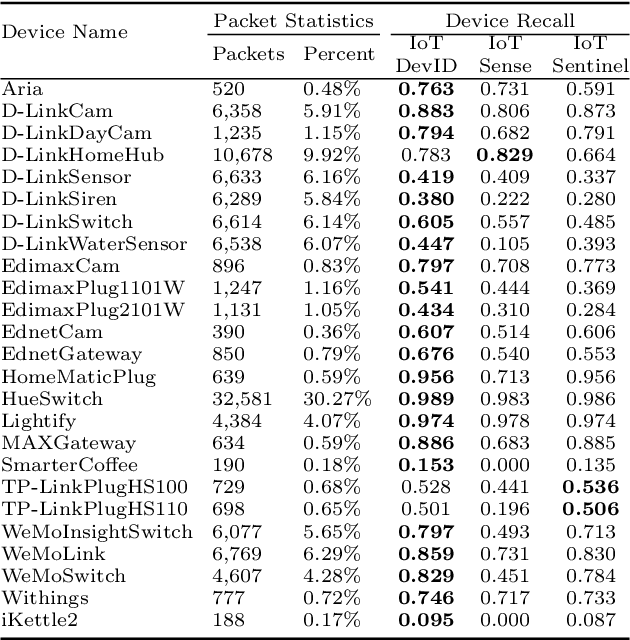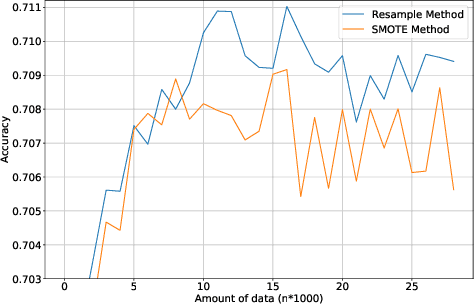Mike Just
Individual Packet Features are a Risk to Model Generalisation in ML-Based Intrusion Detection
Jun 07, 2024Abstract:Machine learning is increasingly used for intrusion detection in IoT networks. This paper explores the effectiveness of using individual packet features (IPF), which are attributes extracted from a single network packet, such as timing, size, and source-destination information. Through literature review and experiments, we identify the limitations of IPF, showing they can produce misleadingly high detection rates. Our findings emphasize the need for approaches that consider packet interactions for robust intrusion detection. Additionally, we demonstrate that models based on IPF often fail to generalize across datasets, compromising their reliability in diverse IoT environments.
IoTDevID: A Behaviour-Based Fingerprinting Method for Device Identification in the IoT
Feb 17, 2021



Abstract:Device identification is one way to secure a network of IoT devices, whereby devices identified as suspicious can subsequently be isolated from a network. We introduce a novel fingerprinting method, IoTDevID, for device identification that uses machine learning to model the behaviour of IoT devices based on network packets. Our method uses an enhanced combination of features from previous work and includes an approach for dealing with unbalanced device data via data augmentation. We further demonstrate how to enhance device identification via a group-wise data aggregation. We provide a comparative evaluation of our method against two recent identification methods using three public IoT datasets which together contain data from over 100 devices. Through our evaluation we demonstrate improved performance over previous results with F1-scores above 99%, with considerable improvement gained from data aggregation.
 Add to Chrome
Add to Chrome Add to Firefox
Add to Firefox Add to Edge
Add to Edge